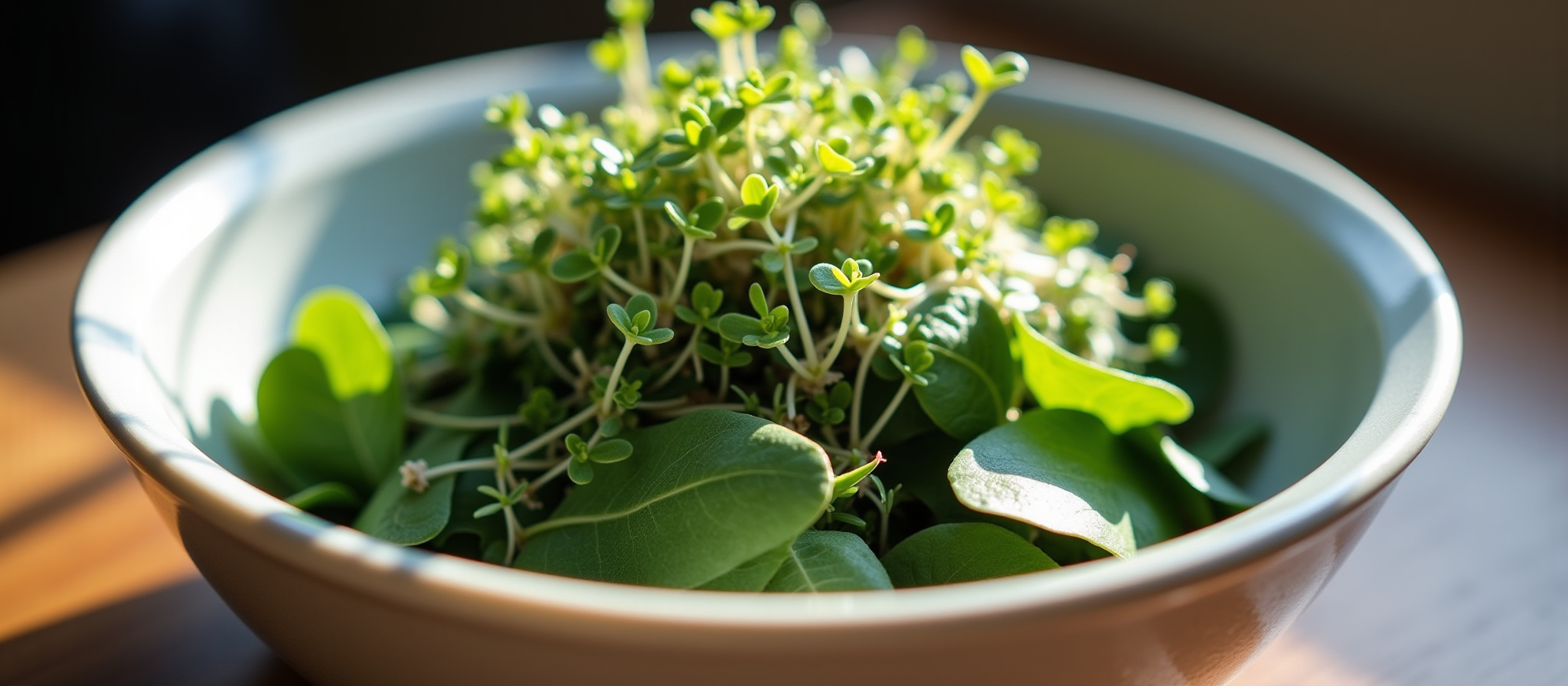
Track Your Nutrition
Our app simplifies tracking spermidine, helping you make healthier choices with ease and precision. Join us on a journey of nurturing your body and mind.
Latest Articles

Our Mission
Planttamin is dedicated to promoting nutrition, environmental awareness, and community well-being. We provide insightful articles and innovative tools to empower individuals in making informed food choices and fostering a sustainable lifestyle.
FAQ
Your Questions Answered
Got questions? We’ve got answers! Our FAQ section covers everything you need to know about our app and how it can enhance your nutritional journey.
What is spermidine?
Spermidine is a polyamine found in various foods, known for its potential health benefits, including promoting cell growth and longevity. Tracking it can help you maintain a balanced diet.
How does the app work?
The Planttamin app allows users to log their food intake and automatically track spermidine levels, providing insights into nutritional habits and encouraging healthier choices.
Is the app free to use?
Yes, our app is free to download and use, with premium features available for users seeking even more personalized nutrition tracking and tips.